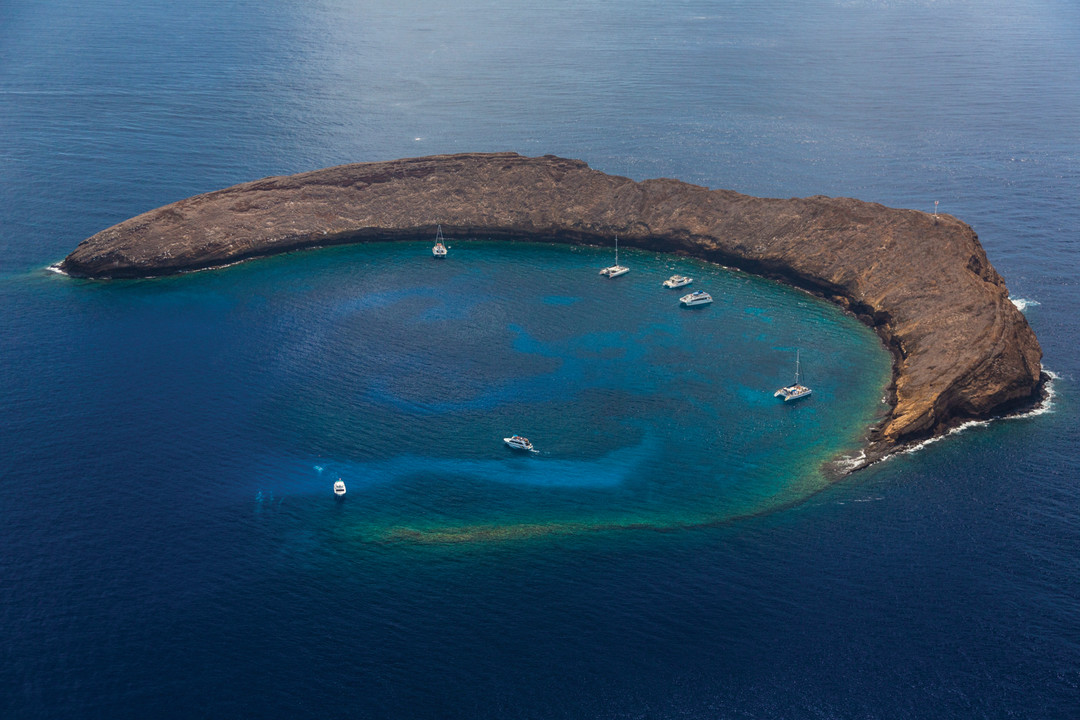Maui

Nature created a heavenly stretch of paradise, called Makena Beach, on Maui’s southern shore. Also known as Oneloa, or “Big Beach,” it’s nearly 2/3 of a mile long and 100 yards wide. It’s one of those places where you feel like you’ve stepped right into a postcard: There are lifeguards on duty, clear waters, and seemingly endless sand for castle building. Just a few miles off the Makena coast, Molokini Crater is a unique formation and marine conservation area. Molokini is actually a sunken volcanic caldera, but don’t worry; it last erupted 230,000 years ago. Today, only part of the top still sticks out above the water, creating a crescent shaped island. It’s a fantastic destination for snorkelers, who will come nose-to-nose with some of the more than 250 marine species who call the crystal clear waters around Molokini home. Off the sheer cliff of the crater’s outside, or the “back wall,” there’s a dive spot that is consistently ranked one of the best in the world. It’s for advanced divers only. Many companies offer trips to Molokini for snorkeling, diving and Snuba.
Once you dry off, don’t miss a drive up the slopes of Haleakalā (literally, “house used by the sun”). It’s a massive dormant volcano, and at the summit is Maui’s highest peak, 10,023 feet above sea level. Haleakalā National Park is an International Biosphere Reserve, protecting the native flora and fauna like the silversword and the nēnē goose. Hiking trails, guided nature preserve walks, and Hawaiian cultural demonstrations are all available. If you can, visit the summit at sunset or sunrise for an unforgettable view.
